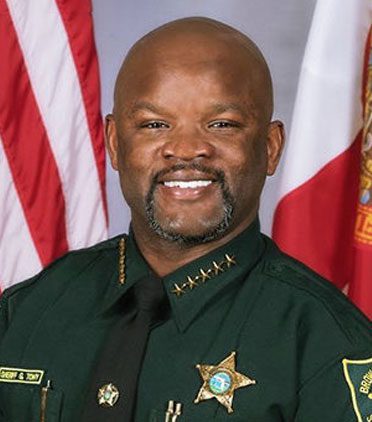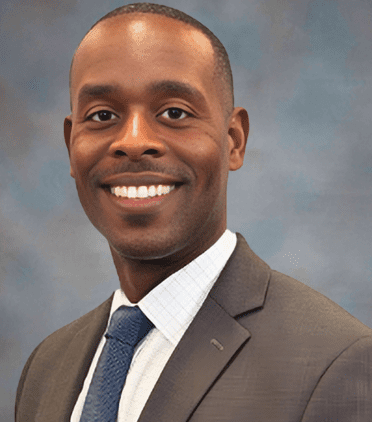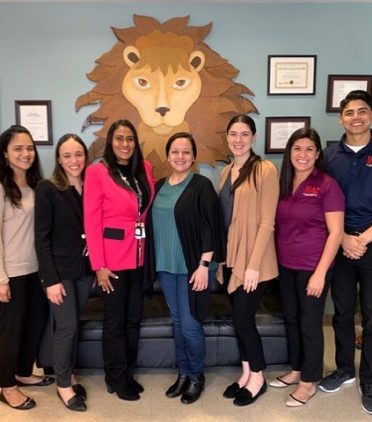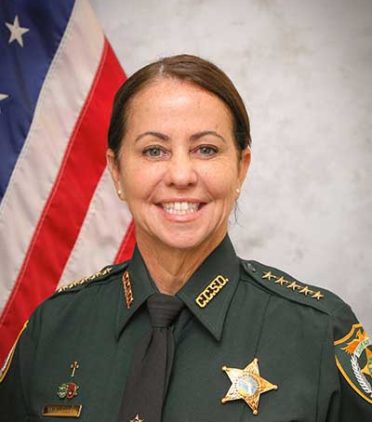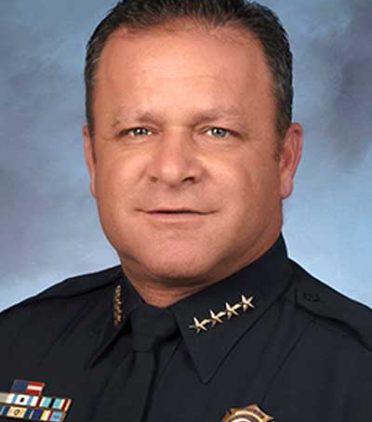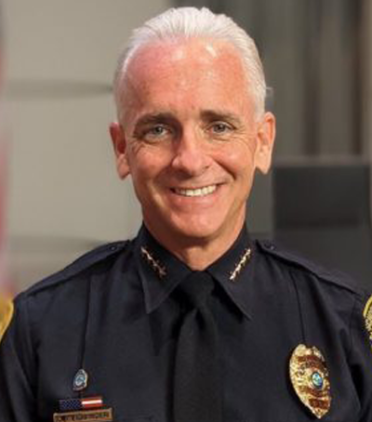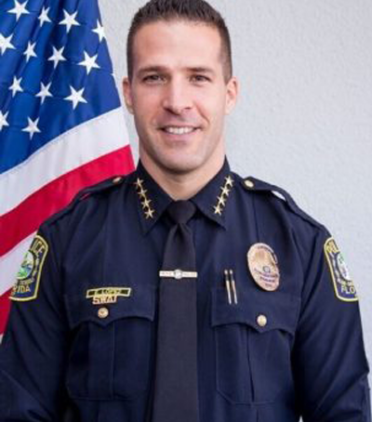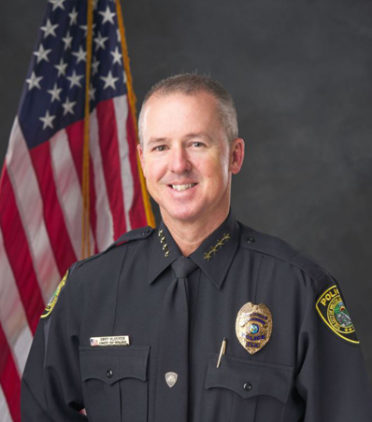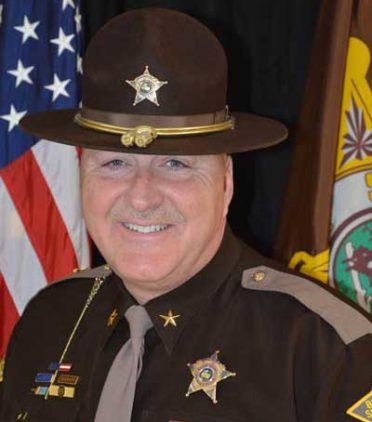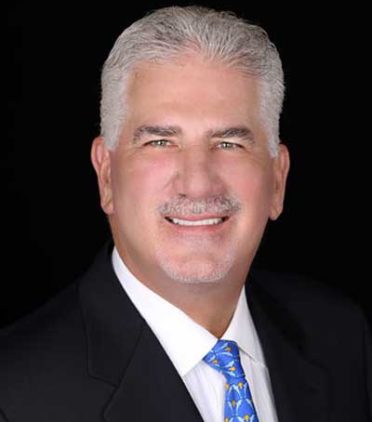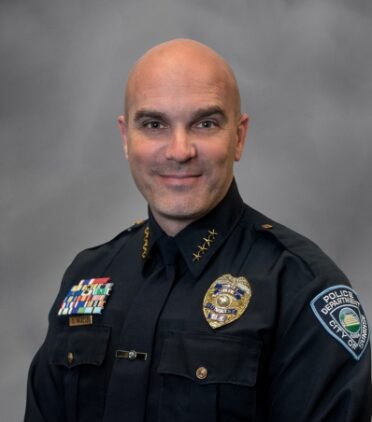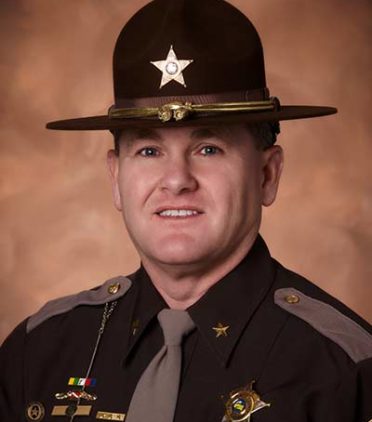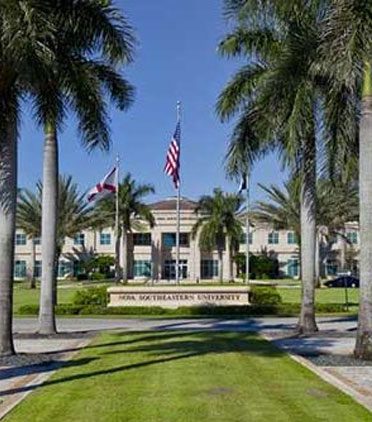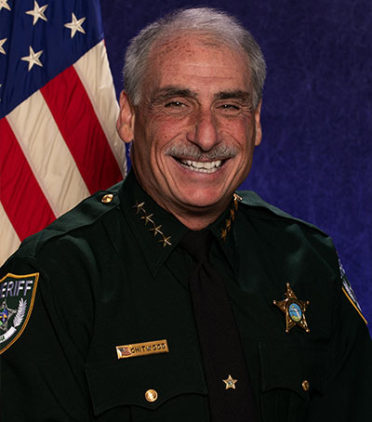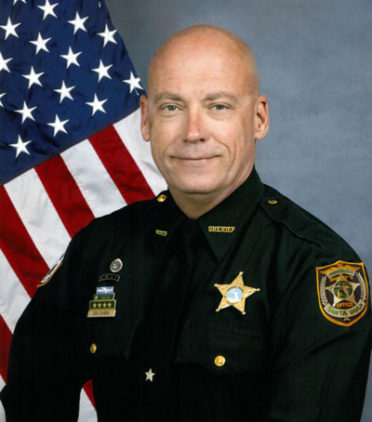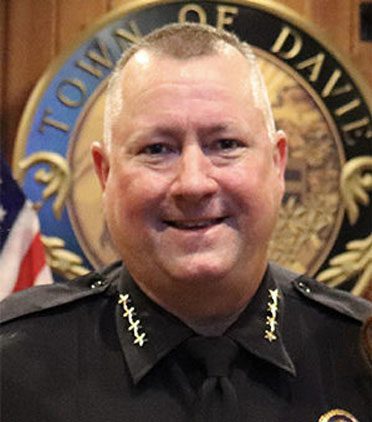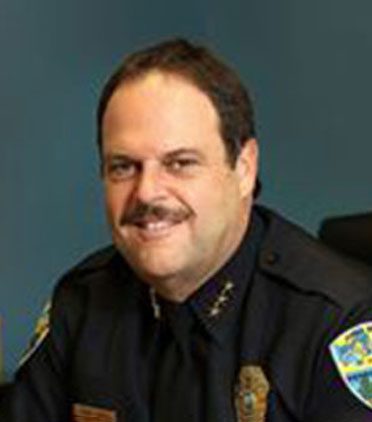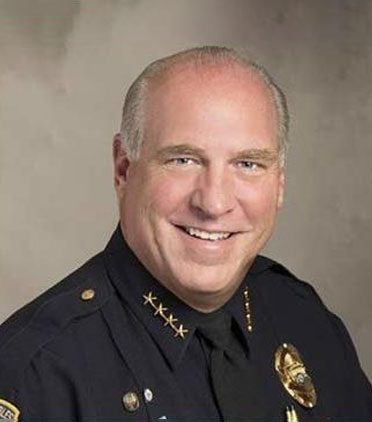Pray in Peace: A Call for Better Protection in Houses of Worship
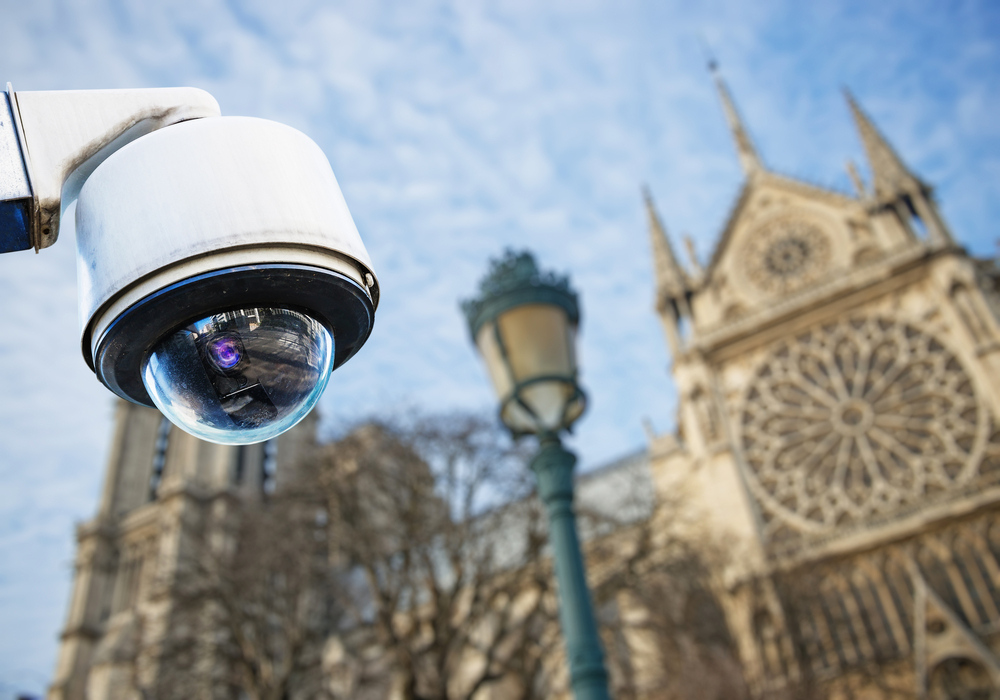
On Nov. 5, 2017, a 21-year-old gunman put on black, tactical gear and opened fire on the First Baptist Church of Sutherland Springs, TX. He killed 26 people including the pastor’s 14-year-old daughter, Belle, a pregnant woman, and a 17-month-old girl. Upon hearing the gunshots, neighbor Stephen Willeford rushed to the church without even pausing to put his shoes on. He called out, “Hey!” This caused the shooter to stop shooting and head to the entrance. Willeford exchanged fire with the shooter, wounded him, then chased him down by car until police arrived.
On Sept. 24, 2017, a 25-year-old gunman fired into Burnette Chapel Church of Christ in Nashville, Tenn, killing one woman and wounding several others. Members of the congregation knelt between the pews, praying, or fled to the bathroom. The scene was a picture of confusion and terror — the gunman was wearing a black mask with a pink smile painted across the front.
Just over a year later, on October 27, 2018, worshippers were attacked during Shabbat morning services at the Tree of Life synagogue in Pittsburgh, Pennsylvania. It was the deadliest attack against the Jewish community at the time, with 11 people losing their lives and six others injured.
The gunman who murdered 51 people at two different mosques in New Zealand in March 2019, later told police that he wished he’d burned down the mosques and killed more people. He had used a drone to scout out the aerial layout of the mosques and stockpiled ammunition and supplies to carry out the heinous act that took the lives of so many people of faith.
Sadly, this list goes on. Mass shootings have increased in frequency in recent years, and none of the churches, synagogues, or mosques affected even saw it coming. To keep our houses of worship places of peace and safety, we must prepare.
Could This Happen at My House of Worship?
According to Carl Chinn, (a University of Birmingham researcher), there were no mass shootings at places of worship prior to 1963, but since then, the United States has had 14. Texas and Georgia have been affected the most, but Illinois, Idaho, Colorado, Kansas, Missouri, New York, Louisiana, Kentucky, Tennessee, Pennsylvania, South Carolina, Michigan, and Wisconsin have also had devastating shootings at religious sites.
To those who take this information as a reason not to worry, Chinn says, “Odds are their church will never face a serious threat. But if their congregation does face a serious threat, the odds won’t matter much.”
Moreover, churches, synagogues and mosques are vulnerable to attacks. Most churches welcome strangers to the fold with open arms, which can make it easy for people with sinister intentions to violate the trust of worshippers. That same trust usually means there are no metal detectors, multiple unlocked and unmanned entrances, and no security cameras.
Thanks to good-hearted intentions, houses of worship often lack the security that could make all the difference in an emergency.
The Solution: A Step-by-Step Security Plan for Churches, Synagogues & Mosques
If you’re concerned, there is something you can do! Follow the steps below to protect your local congregation and make your worship experience safer.
- Coordinate with your local authorities and first responders: Taking the time to meet and discuss safety with the very people who will come to your aid in a state of emergency is a huge step in the right direction to keep your house of worship safe. Many local agencies will even walk your building with you, suggesting improvements to increase security, ease of exit, etc.
- Consider cameras: Adding security cameras to hallways, entrance doors, or parking lots can greatly assist in monitoring an active threat who is on the move or possibly even prevent a dangerous suspect from entering the building.
- Install a security app like SaferWatch: When all members of your congregation have access to a network in the SaferWatch app, they can report a threat as soon as they see it, have two-way communication with first responders, connect those first responders to building information and cameras to monitor a threat, and send alerts to everyone on the network. Imagine if an active shooter leaves the chapel only to lurk in the right hallway of the building. If everyone on the network is notified when and where it is safe to exit, many lives can be saved.
- Monitor entrances: During services or activities, it can be helpful to have a volunteer walking the parking lot or monitoring entrances. If possible, locking all but one entrance to those outside of the building (while making sure that anyone on the inside could open the door in case of an emergency exit) controls who is in the building and secures the other areas from trespassers.
- Make a plan: Train your congregation, or at least a few volunteers, to know the plan if an emergency situation occurs. FEMA has issued the following recommendations for an active shooter situation:
- Run to an exit
- Hide where the entrance can be blocked
- Call 911
- If you can’t exit, take cover from threat
- If safe, offer first aid to others
If a few members of your congregation are trained in the best exit routes, safe places to hide or take cover, equipped with a mobile safety app or another way to easily contact 911, and trained in first aid, more lives are likely to be saved in the most frightening situations.
Ultimately, we don’t have to live in fear of the tragedies that have occurred across the country if we take the right steps to prepare for them. Keep your religious family safe by preparing now.
